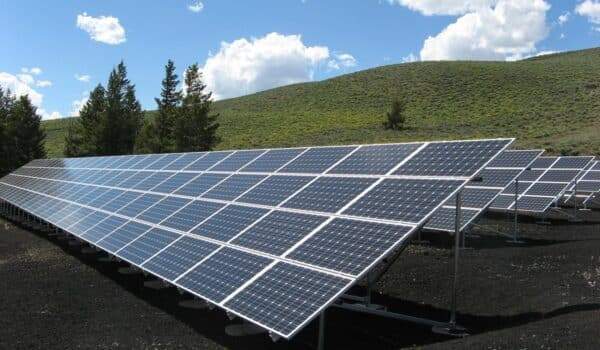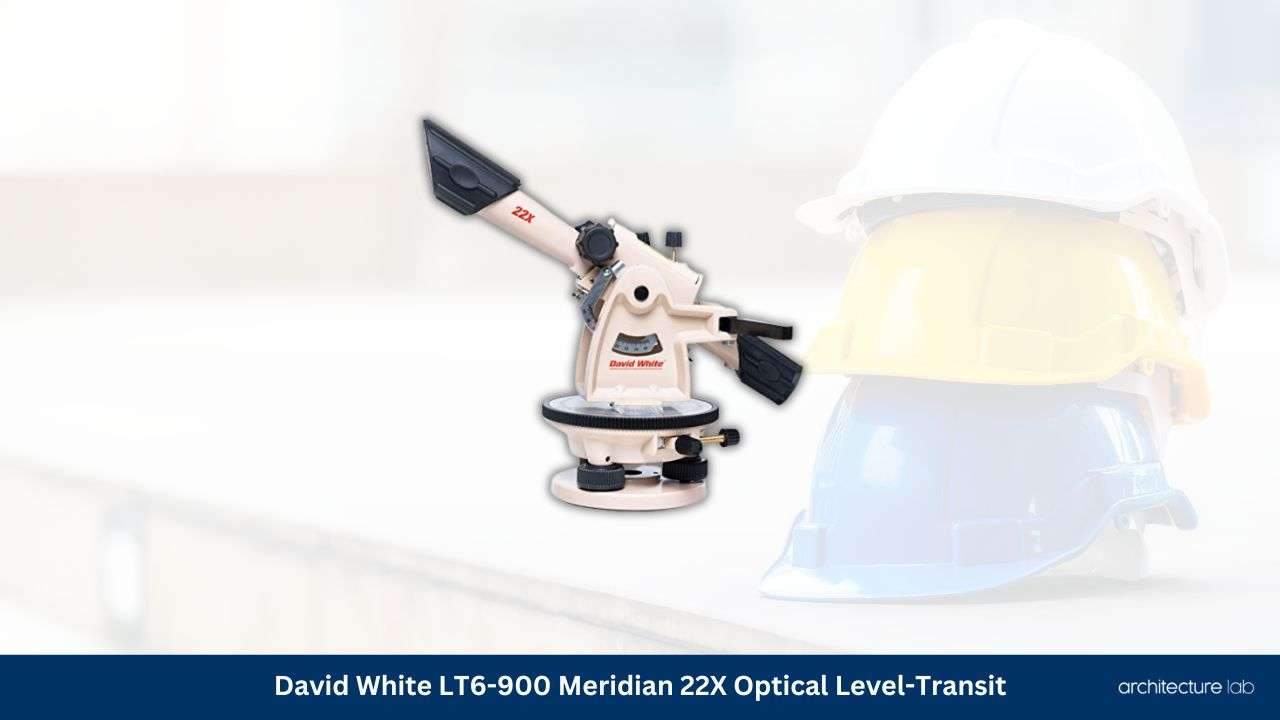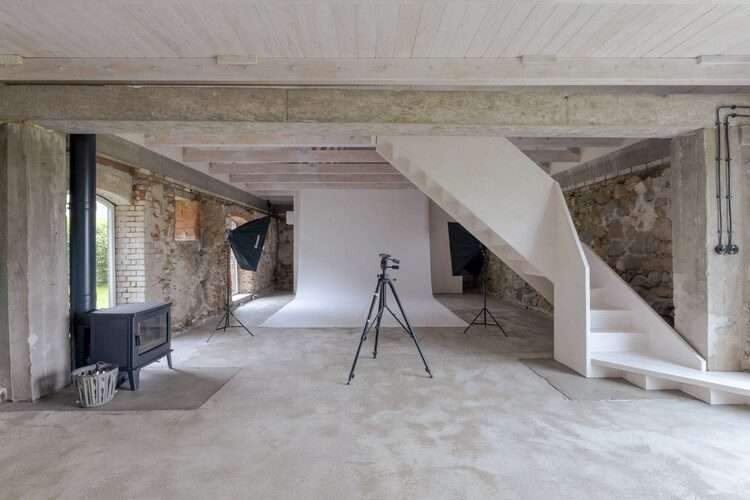Types Of Solar Panels | Architect’s Guide To Solar Panels

Disclaimer | This article may contain affiliate links, this means that at no cost to you, we may receive a small commission for qualifying purchases.
Photovoltaics are solar panels that convert sunlight into clean energy and act as a renewable energy source. Monocrystalline panels are the most efficient solar panel type, while polycrystalline and thin film panels prove affordable options, despite their shorter lifespan.
Switching to solar energy is a no-brainer, especially considering how leading nations are plundering fossil fuels and driving climate change. But most homeowners struggle to choose the best solar panel, failing to reap the benefits of this sustainable energy source.
Today’s article looks at the pros and cons of the most popular solar panels on the market. And we have also added an architect’s guide to discuss the factors that affect solar performance.
What Are Solar Panels And How Do They Work?
A solar panel is a simple device that contains a component called an inverter to gather solar energy and change it into electricity. Every solar panel is made up of multiple solar cells, while each solar cell further consists of silicon layers.
The silicon layers produce an electric field thanks to the electrons present within each solar panel. This creates a direct current, and the entire process of converting electrons to electricity from solar power is known as photovoltaics.
But direct current ultimately becomes an alternate current as it passes through the inverter within the solar power system. It finally enters your home to power the various appliances and electrical systems.
Types Of Solar Panels
We hope this simple explainer about solar panels and their working mechanism piqued your interest because now we will discuss the types of solar panels on the market. The three most popular options include –
- Monocrystalline solar panel
- Polycrystalline solar panel
- Thin-film panel
There are a few subtypes under thin-film panels, but more on that later. Let’s begin by explaining how monocrystalline panels work.
1. Monocrystalline Solar Panels
Monocrystalline solar panels are the most efficient units available on the market but are also the most expensive. However, they are still highly popular since their average energy efficiency is 24%, and they can last for several years, around 25-40 years more than other solar panel types.
In terms of the manufacturing process, monocrystalline solar panels produce a non-toxic, pure, and stable silicon ingot. It then slices the silicone from the ingot to produce thin silicon wafers, which leads to the development of an eco-friendly and energy-efficient product.
Usually, the monocrystalline solar cells and panels are available in black so that they can blend into the décor and color scheme of most modern homes. People also interested in installing solar roofs or solar shingles prefer monocrystalline silicon solar cells.
2. Polycrystalline Solar Panels
Polycrystalline panels are available at medium prices but don’t deliver the same lifespan as monocrystalline solar panels. This solar panel system consists of multiple silicon crystals rather than just one, with the silicon fragments being poured into a mold after melting.
As a result, there’s hardly any wastage when manufacturing polycrystalline solar cells. But a polycrystalline panel uses less pure silicon compared to monocrystalline solar panels, which makes them less energy efficient.
This type of solar panel has an energy efficiency rating of 20%, along with a shorter lifespan of 25-35 years and lower heat tolerance. In most cases, polycrystalline solar cells are blue and require a much larger installation area than monocrystalline solar panels.
Thus, they are more suitable for people with larger roofs who need an affordable solar panel system.
3. Thin Film Solar Panels
Other than monocrystalline and polycrystalline panels, you can opt for thin-film panels, which are the least expensive option. But they are also less efficient; that’s why they are not common in homes despite being the latest development in the solar industry.
The average energy efficiency of this solar panel type is 19%, and they don’t last more than 10-20 years. So, how do these solar panels work?
Thin film panels come with a thin layer of semiconductor material made from silicon, copper indium gallium selenide, and cadmium telluride. All these materials are applied to the surface as a thin film, with most companies selling thin film panels in sizes of 96, 60, and 72-cell counts.
You can identify this type of solar panel thanks to their flexible, black, and flat design, which gives them a sleek appearance compared to crystalline panels. However, you will have to install several units of thin film solar panels to produce the same amount of energy as other options.
Most companies sell such panels at low prices so you won’t face major budget issues. But there are further subcategories when it comes to thin film panels, and we have discussed them below.
A. Cadmium Telluride
Although all solar panel technology is eco-friendly, cadmium telluride (CdTe) produces the lowest carbon footprint, hardly needs much water and reduces energy payback time. This makes it the go-to option compared to other solar panels, but there is a downside.
You should be careful about inhaling or ingesting the substance because it’s toxic. As a result, recycling cadmium telluride is quite an expensive, complicated, and time-consuming process.
B. Amorphous Silicon
Thin film solar cells with amorphous silicon are not structured at the molecular level like mono and polycrystalline panels. Hence, these thin film panels tend to have a low energy efficiency score, but they still have their uses, especially in smaller homes. You can also install this thin film solar panel in your work shed.
C. Copper Indium Gallium Selenide
These panels apply a layer of copper, gallium, indium, and selenide on plastic or glass surfaces. Best of all, using these materials ensures these units have the highest energy efficiency among thin film solar panels. However, they fail to replicate the performance of crystalline solar panels.
How To Choose The Right Solar Panel
To choose the best photovoltaic substance for your needs, consider the following factors that affect the performance of different solar panels.
1. Fire Rating
As per International Building Codes, the fire rating of the solar panels must be the same as the fire rating of the roof to prevent accidents. This reduces the chances of the solar panels spreading a fire, so check the fire ratings of the various panel types – usually categorized from Class A to C.
Class A-rated panels offer maximum resistance against fires and prevent the flames from spreading more than 6 feet. Class B-rated panels limit the flames to 8 feet, while a Class C solar system restricts the fire to 13 feet.
2. Temperature
The energy efficiency of monocrystalline and polycrystalline cells is maximum when the temperature range is between 59 and 95 degrees Fahrenheit. If you live in an area with high summer temperatures that cause the solar panels to internally heat to above 100 degrees Fahrenheit, they will deliver lower efficiency.
3. Hurricane
To protect the solar panels against storms or hurricanes, your only option is to contact professionals for proper installation. There’s no way to determine which installation technique will prove reliable because natural disasters are unpredictable. However, three-rail systems, through-bolting models, and fasteners are better suited, in our opinion.
4. Light-Induced Degradation
Light-induced degradation measures the fall in performance when crystalline silicon panels are exposed to the first few hours of sunlight at the beginning of every day. This is because the manufacturing process leaves behind oxygen, which reacts with sunlight to affect the silicon.
You can expect an energy loss between 1 and 3% due to LID.
5. Hail
Another natural disaster you must watch out for is hail, against which polycrystalline and monocrystalline cells offer maximum protection. We have seen that crystalline panels can resist heavy hail storms of upto 50 mph compared to traditional solar panels. On the other hand, thin film panels don’t offer much protection against hail owing to their thin design.
Architect’s Guide To The Best Solar Panels
As an architect, when installing photovoltaic systems in a building, it’s crucial to determine the available energy of the building and the size of the system. You can talk to the manufacturer about the location of the building, available sunlight, and electricity demand to choose a solar panel with sufficient power capacity.
Also, decide whether to opt for a roof-mounted system or install the unit on some outdoor structure. So, consider the following we have listed in this section that will make your job easier.
1. Photovoltaic Systems
A. Grid-Connected Systems
For maximum savings, opt for grid-connected systems that work only on available utilities. And because utility outages seldom occur, it guarantees reliable performance. Some of the components in these systems include –
- PV module
- PV array
- System Equipment
- DC-AC inverter
- Meters
i) PV modules – The most popular PV module is the 5-25 square foot variant and consists of environmentally sealed PV cells to convert sunlight into energy.
ii) PV array – This is a group of PV panels with at least 4 PV modules connected by struts. The total system is 25-30 square feet and is a power-generating unit in itself.
iii) System equipment – These refer to the electrical and mounting systems that help install solar panels into your home’s electrical and structural components.
iv) DC-AC inverter – Since buildings run on AC power, the inverter converts DC power generated by the PV array. Also, the size of the DC-AC inverter changes based on the amount of power consumed by a building.
v) Meters – This is an essential component because meters determine the output and performance of the system, along with the building’s total energy usage.
B. Remote Systems
But if you are concerned about utility outages, there are always remote systems that use batteries for energy storage. There are even separate subpanels for critical load circuits, battery charge controllers, and battery enclosures.
2. Aesthetics
While most people wouldn’t think about the aesthetics of their homes when installing solar panels, architects can’t afford to ignore how different types of solar panels look.
A. Rooftop
Electricity-generating rooftop solar panels are highly convenient and easily merged into the building design. Even on angled roofs, architects can mount them parallel to the surface by keeping a standoff of a few inches.
After talking to the manufacturer about additional roofing materials, you can choose solar panels of the right weight. Masonry panels are quite heavy and often reach the maximum weight-bearing of the roof, while composite shingles are much lighter products, convenient for mounting multiple PV systems.
B. Building Integrated Photovoltaics
Building integrated photovoltaics includes aesthetically pleasing products like stand seam metal roofings or slates. With proper installation, such materials can prevent roof leaks and prevent fires.
C. Shade Canopies
Thanks to full and partial integration systems, you can install PV systems in a deck shade or patio cover. You can usually find them in parking lots and other outdoor areas free from obstruction.
The only problem is they are more expensive than roof mounting, and you will have to dedicate more time to maintenance.
D. Backsheet
It’s possible to customize the color of the PV arrays so that the backsheet and module frame match the roof design. When you have a dark roof, opt for black modules and backsheets, while clay-tiled roofs or brown shingles look good with bronze frames.
You can also choose between unframed and framed modules.
E. Cell Color
The color of the solar panels changes according to the cell type. Monocrystalline cells are mostly matte and dark, while polycrystalline cells tend to sparkle more in sunlight. In comparison, amorphous cells are more translucent, so most people opt for monocrystalline solar panels.
They are available in multiple shades – magenta, dark blue, steel blue, gold, etc. But making too many color alterations will reduce efficiency by 3-4%.
3. Electricity Demand
You must gauge the electricity demand in the building and how much of the supply should be covered by the solar panels. It would be best to provide the PV manufacturer with details of the building plan to make the right choice.
4. Power Output
The maximum DC power output of the PV modules and arrays determines their performance and is tested under Standard Test Conditions. But you should know that the test conditions just provide an idea of how the solar panels are likely to perform and don’t replicate actual output.
Despite the STC rating, the performance of the solar panels may only be 85-90% of the expected value.
5. Module Number And Size
Modules are mostly rectangular but available in numerous sizes for ease of installation. You must determine the size and length of the modules for proper installation in the designated area. However, if you are unsure about the size and number, talk to the manufacturer about the total wattage of the solar panels available for installation.
6. Tracking System
Solar panels feature a tracking system to deliver the optimum output and perform at maximum efficiency throughout the day. You can opt for low-cost mounting racks or automatic or manual racks that effectively follow the sun. This ensures that solar panels can meet the electricity demand.
7. Orientation And Location
The location and orientation of the building are also crucial to determine whether the solar panels will receive sufficient sunlight. Some buildings are located at optimal spots, such as the houses in the SouthWest USA that receive more sunlight.
Also, buildings facing south and not obstructed by trees or other objects have a better orientation to receive maximum sunlight.
Types Of Solar Panels Conclusion
If you thought your solar panel simply converts solar energy into electricity, then think again. These innovative units play a crucial role in building construction and environment conservation to help people lead better lives.
With reduced electricity costs and less carbon footprint, you can not only manage finances better but also make a positive impact on this planet. What’s important is that you choose only the best solar panels from trustworthy solar companies.
Although the initial investment might be steep compared to traditional energy sources, you will reap the rewards of lower electricity bills in the long run. So, talk to a reliable agency about installing solar panels based on the prevailing climatic conditions in your area, and light up your life with sustainable living!
Related Articles
10 Brightest Solar Spot Lights
13 Best Solar Lights
13 Best Solar Pool Covers
13 Best Solar Atomic Watches
11 Best Rated Solar Powered Shed Light





